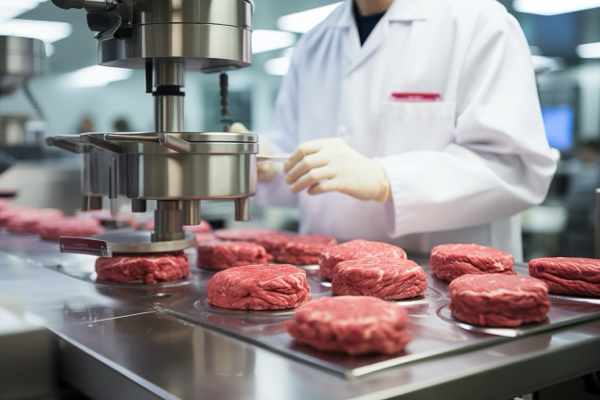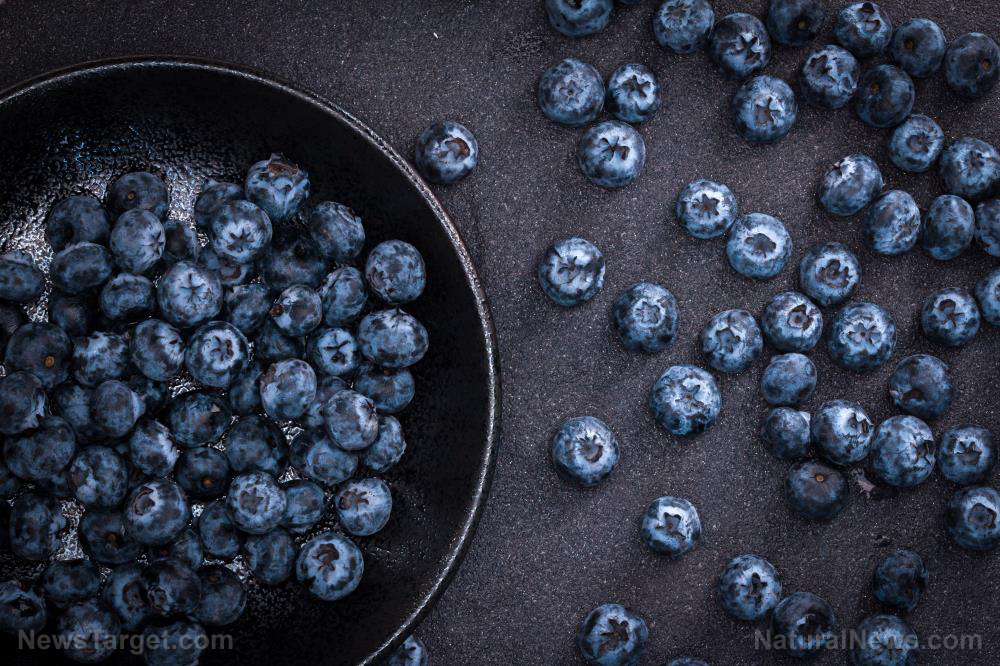
The move comes nearly two years after a shocking Congressional report found that baby food products from seven different companies contained significant levels of toxic metals, such as arsenic, cadmium, lead and mercury.
In the study, researchers found that infants 6 to 24 months and 24 to 60 months old are the most highly exposed to cadmium in common foodstuffs. The levels of cadmium in these products exceed the maximum tolerable intake level set by the Agency for Toxic Substances and Disease Registry (ATSDR).
To protect the population most affected by heavy metal toxicity, the FDA proposed a heavy metal limit of 10 parts per billion (ppb) in baby food and 20 ppb in other products frequently consumed by young children.
Harmful effects of heavy metal consumption
Research has shown that there is no safe level of heavy metal consumption. While adults can tolerate low amounts of exposure to these elements, the impact of heavy metal exposure on children's health is much more severe, especially in terms of brain development.
Children can suffer from neurocognitive disorders, impaired brain development, low IQ and other behavioral disorders if they consume even a small amount of toxic metals for a prolonged period of time.
Adults, too, can suffer serious health consequences from heavy metal exposure. Cumulative toxic metal consumption has been associated with higher levels of oxidative stress, which can cause damage to major organs like the brain, lungs, kidney and liver, according to registered dietician-nutritionist Amy Shapiro, founder and director of Real Nutrition NYC.
Shapiro says that long-term exposure can result in a gradual progression of physical, muscular and neurological degenerative processes, which mimic diseases such as Alzheimer's disease, multiple sclerosis, muscular dystrophy and Parkinson's disease.
Heavy metals also act as carcinogens and can increase the incidence rates of certain cancers among highly exposed populations.
Foods most susceptible to heavy metal contamination
Take note of these six foods which are more likely to be contaminated with heavy metals than others. Shapiro recommends not eating any of these high-risk foods every day in order to minimize the potential build-up of toxic metal contaminants.
Baby food
No parent wants to find out their child's food has an alarming number of neurotoxins, but that's exactly what happened in 2021 when reports revealed popular baby food brands contain heavy metals well above the recommended limit. The products had 91 times the acceptable level of arsenic, 177 times the acceptable level of lead, 69 times the acceptable level of cadmium and five times the acceptable level of mercury.
Fruit juice
New tests from Consumer Reports found elevated levels of arsenic, cadmium and lead in 45 popular fruit juices sold across the country, including apple, grape, pear and fruit blends, as well as juices marketed for children.
In some cases, drinking just four ounces a day, or half a cup, of these contaminated juices is enough to raise concern, said Dr. James Dickerson, Consumer Reports’ chief scientific officer.
The draft guidelines published in April 2022 established the FDA's recommendation that apple juices should not exceed lead levels above 10 ppb while other juices should not exceed 20 ppb. (Related: GULP! Study reveals DANGEROUS levels of heavy metals in many US beverages.)
Rice
Products made with rice, particularly cereals, are top sources of heavy metals, especially inorganic arsenic.
Rice crops absorb about 10 times more arsenic than other grains, according to the nonprofit consumer group. Arsenic typically accumulates on the outer layer of the rice, so brown rice contains more arsenic than white rice.
Fortunately, there are other grains that you can use as rice substitutes, such as buckwheat, millet, bulgur, barley and farro.
Alternatively, you can reduce the arsenic content of rice by as much as 30 percent by simply rinsing the grains before cooking. You can also use a 6:1 ratio of water to rice when cooking.
Consumer Reports has outlined a "7 Points per week" system to help children and adults regulate how much arsenic they're consuming from rice on a regular basis.
Leafy greens
In December 2021, an effort by the nonprofit group As You Sow to "promote environmental and social corporate responsibility" revealed dangerous levels of cadmium in spinach sold by large retailers like Safeway, Trader Joe's and Target.
According to Dr. Dean Falcone, chief scientific officer at the clean-water hydroponic vertical company Crop One, some plants are good at accumulating contamination from water or soil.
Leafy Brassica vegetables – think Brussels sprouts, cabbage and kale – are particularly efficient at absorbing contaminants from soil. Heavy metals accumulate in their leaves. These vegetables are called hyperaccumulators.
Fish
Because of extensive pollution, a mercury compound called methylmercury has been found to accumulate in seafood in potentially dangerous amounts.
Mercury contamination passes through the fish food chain, originating in fish food sources like algae, which readily absorb toxins in the water.
To enjoy the benefits of heart-healthy omega-3s and protein found in seafood, avoid eating fish that accumulate mercury frequently (e.g., swordfish, tilefish, yellowtail) and opt for fish that tend to have lower levels of mercury (e.g., Atlantic herring, canned sardines and sockeye salmon).
Dark chocolate
According to Consumer Reports, the cocoa tree absorbs cadmium from the soil as it grows, and the heavy metal ends up accumulating in cocoa beans, which are used in chocolate production. Lead can also be found on the outer shells of cacao pods; as they are harvested, the beans accumulate lead from dust and dirt.
In 2022, Consumer Reports found that dozens of popular dark chocolate products contain levels of lead and cadmium that exceed limits set by California. These include products from Trader Joe's and Hershey's.
The report also identified a few "safer" dark chocolate bars with relatively lower levels of these toxic metals. (Related: Excessive amounts of lead, cadmium found in Brazilian chocolate.)
Heavy metal contamination of food is a serious issue that needs to be resolved as soon as possible. Find out what other foods may contain heavy metals at Frankenfood.news.
Watch the following video to learn about why heavy metals are so toxic to your body.
This video is from the Natural News channel on Brighteon.com.
More related stories:
A dash of POISON: Major spice brands found to contain HEAVY METALS.
Sources include:
Please contact us for more information.






















